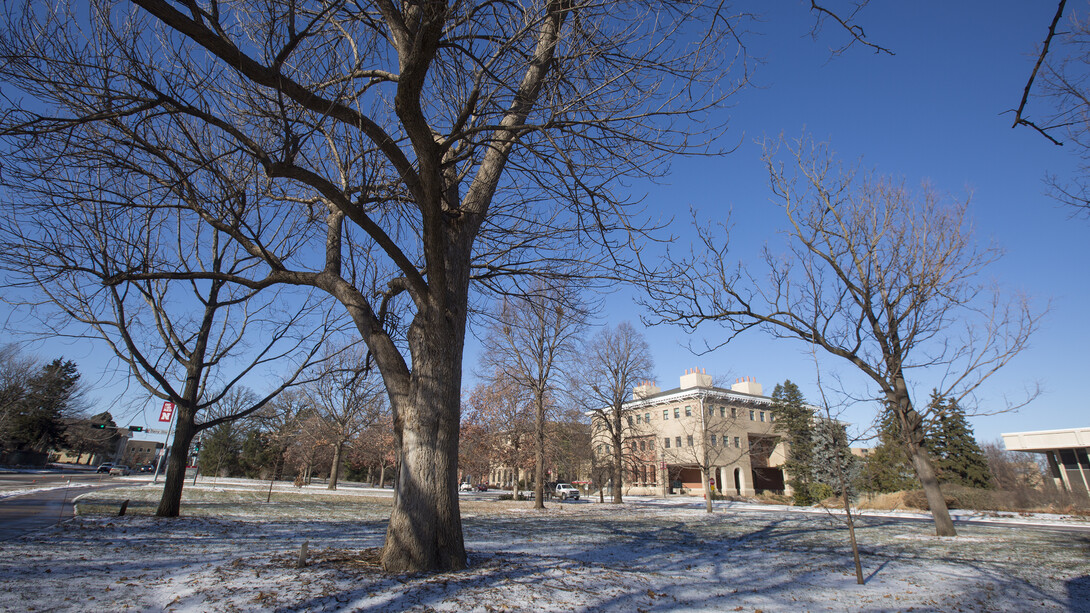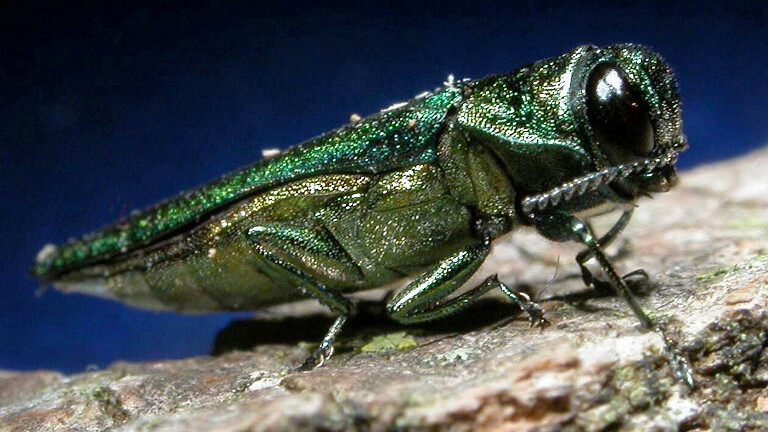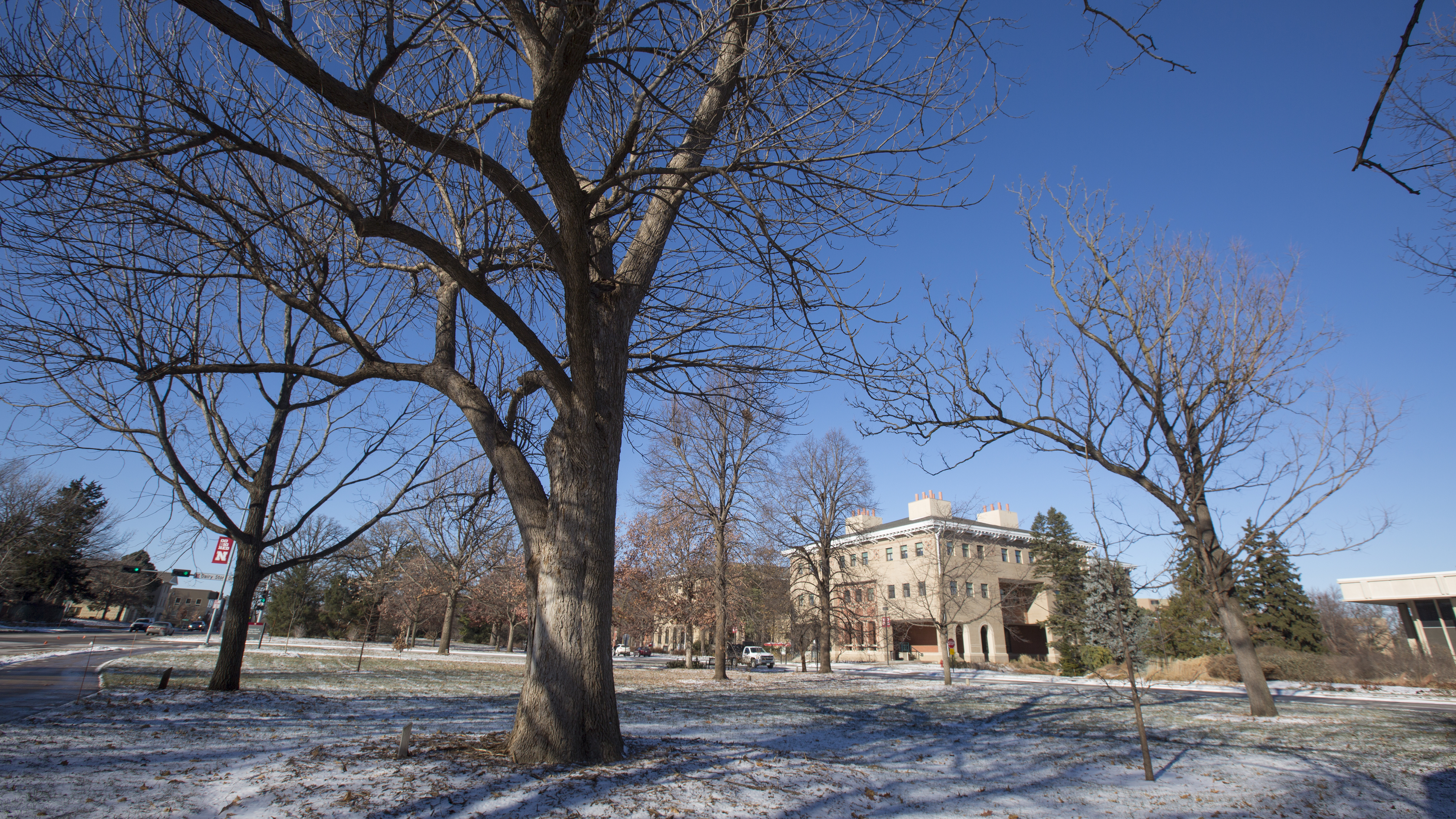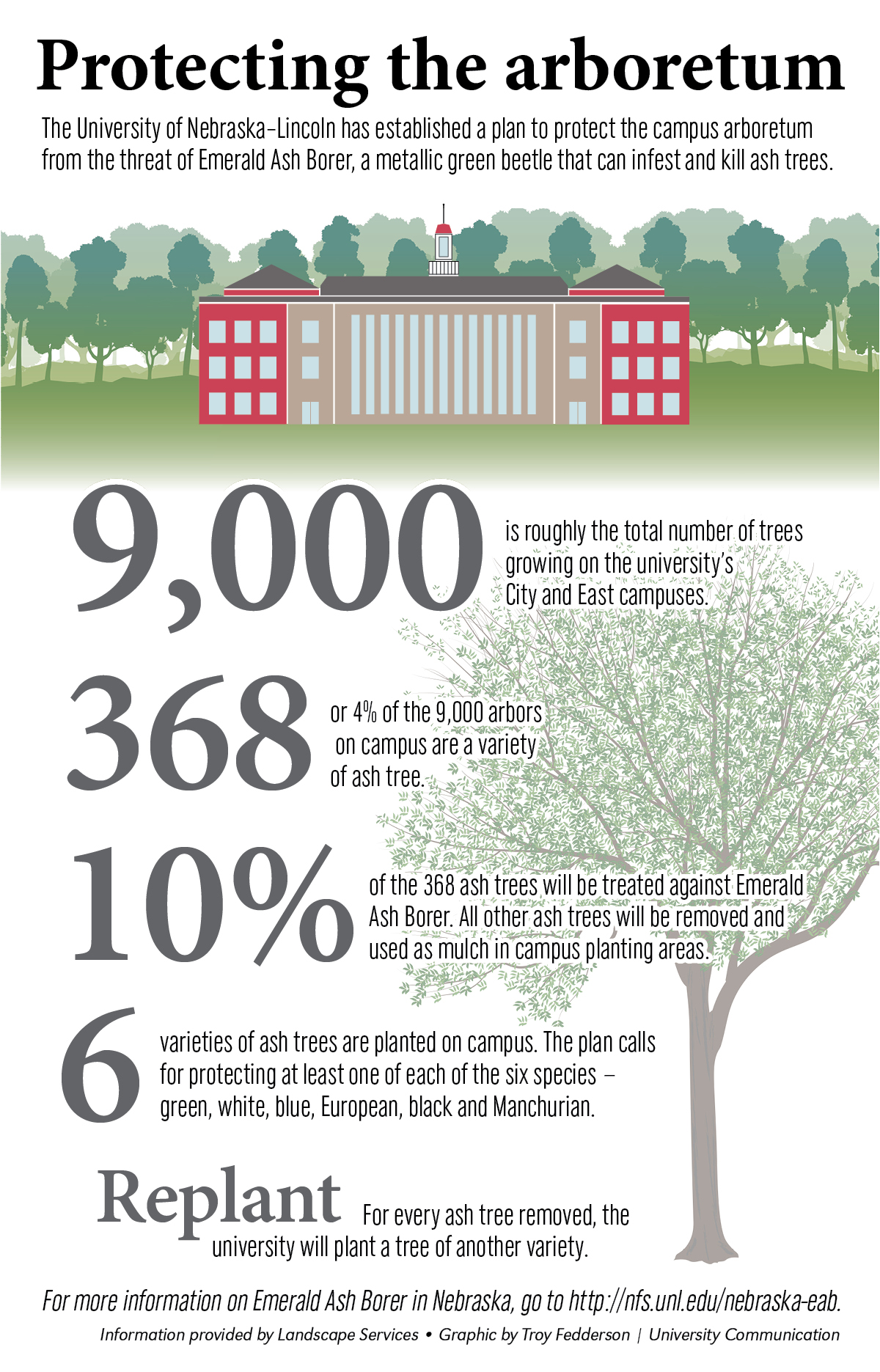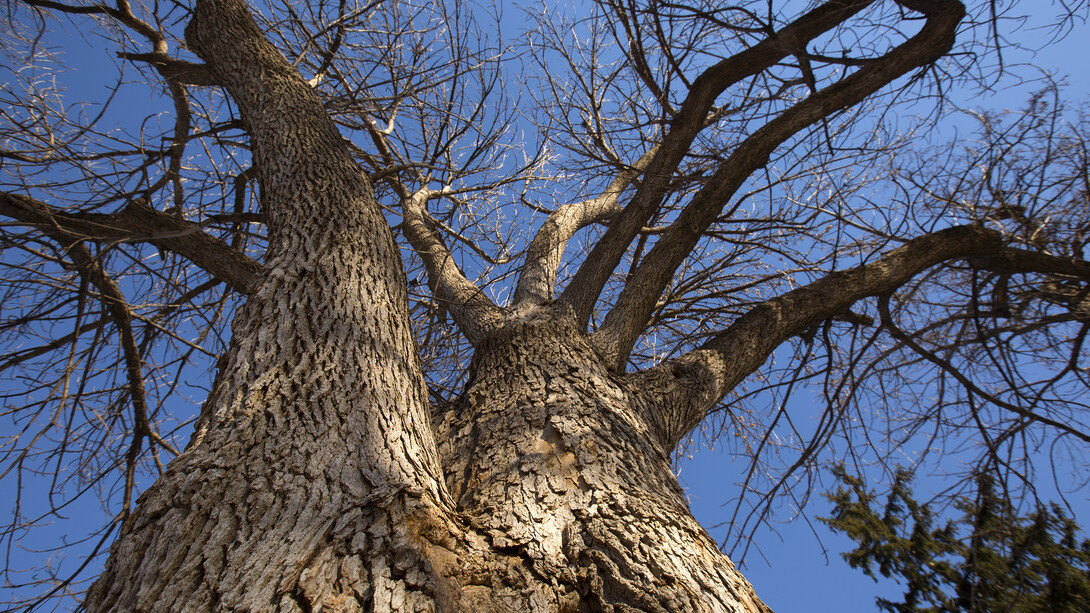
The University of Nebraska-Lincoln is moving to protect its tree population prior to the arrival of the destructive Emerald Ash Borer beetle.
Starting in January, the university will launch a two-pronged management plan that will target protections for about 10 percent of its ash tree population while removing arbors that are in poor health. The university will replant trees of diverse species to replace those lost to Emerald Ash Borer.
Of the more than 9,000 trees on Nebraska’s campuses, 368 are ash trees of six different species — green ash, white ash, blue ash, European ash, black ash and Manchurian ash.
“Our goal is to save a diverse representation of the ash family,” said Jeff Culbertson, assistant director of landscape services. “We believe this plan gives us the best opportunity to protect our campus forest while preserving enough diversity of the ash population for teaching purposes.”
Emerald Ash Borer is a small, metallic-green beetle that originates from Asia. It is an invasive species that attacks and kills all species of ash trees. It was first identified in southwest Michigan in 2002. The beetle has slowly spread across the country, destroying millions of ash trees in 25 states.
The beetle moved into the state in summer 2016 and has been found in Omaha and Greenwood. Three treatment consideration zones, which are within 15 miles of each confirmed infestation area, have been created. East Campus is on the edge of the zone generated by the beetle’s discovery in Greenwood.
The university will begin treating 10 percent of its ash trees with an insecticide to prevent them from Emerald Ash Borer infestation for about two years.
“From what we know about Emerald Ash Borer, the treatments will not be indefinite,” Culbertson said. “In about 10 years, the bug will have worked its way through our system and we can start deciding if treatments are still necessary.”
The removal plan will target about 70 ash trees each year for four years. The university will not transport the removed trees from campus; it will convert them to mulch for future landscape needs. If Emerald Ash Borer is detected on campus, the tree removal process will be reconsidered.
“Any time a tree is cut down on campus, we plant at least one to replace it,” Culbertson said. “We actually plant between 100 to 150 trees each year, which is more than we typically remove.”
Overall, the plan’s focus on treating ash trees in good health and removing those in poor condition is expected to make the university’s forest less desirable to the beetles.
“Stressed trees have a way of sending signals to pests that they’re easy targets,” Culbertson said. “We really do not enjoy removing trees. But sometimes, it has to be done. If we’re able to do it in a smart, well-managed way, we can reduce the impact this beetle will have.”
Ash tree removal has started this fall and will continue into the winter. Tree replacements have also started and will continue in the spring.
For more information on the ash tree preservation plan, call 402-472-1550.
